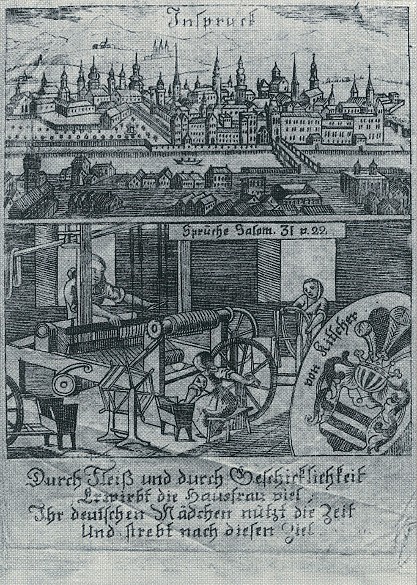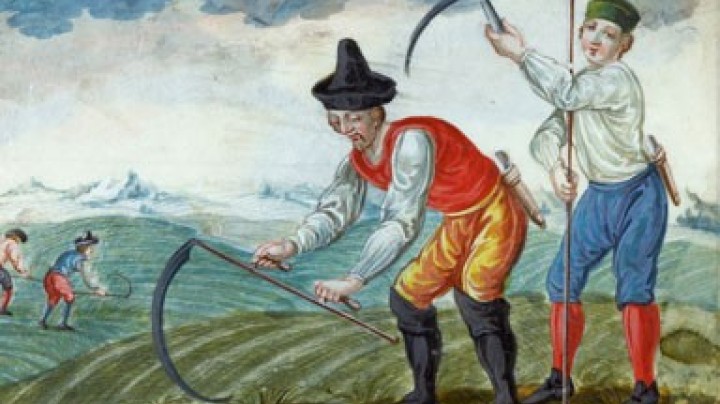It is not (only) a matter of size – The population must work more
Workhouses were to instil ‘diligence’ in people, half-day holidays to replace whole-day holidays, and people were to work eight or nine hours a day instead of six.
For Maria Theresa and Joseph II, all these were effective ways to increase their wealth and that of the state. Hence it was not enough to rule over a vast territory with a large population: people should work as much and as long as possible. One obstacle on the way to increased productivity came in the form of the many holidays in a country moulded by Catholicism: enlightened theoreticians calculated how much time was lost because of masses, pilgrimages and holidays, and how much money was wasted on reading masses for the dead, funerals and church services. In fact until then ‘only’ between 200 and 250 days per year had been spent in gainful employment. Now twenty-four holidays were abolished, and on the newly introduced half-holidays people were to return to work after going to mass. At least that was what the regulations stated, but they were difficult to enforce, especially in rural areas, because they went against the traditions and the way of life of the people. In addition the working day was lengthened, which in extreme cases led to factory hands working up to sixteen hours a day in the first decades of the nineteenth century. The longer working hours affected not only industrial and agricultural workers and craftsmen but also civil servants, whose working day was extended from six to eight or nine hours. Moreover, the ‘unemployed’, children or marginal groups such as beggars were to have ‘diligence’ inculcated in them in workhouses.















